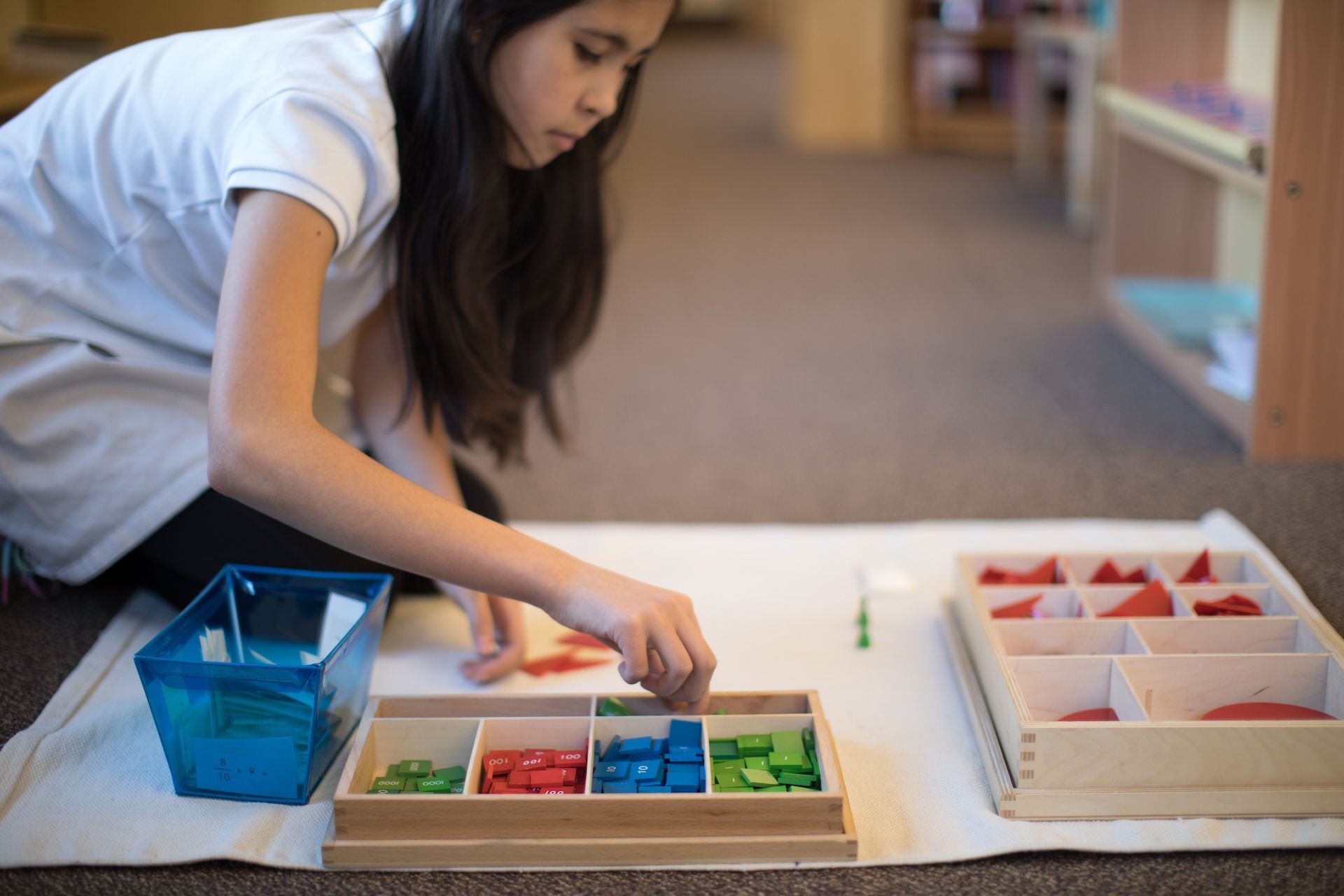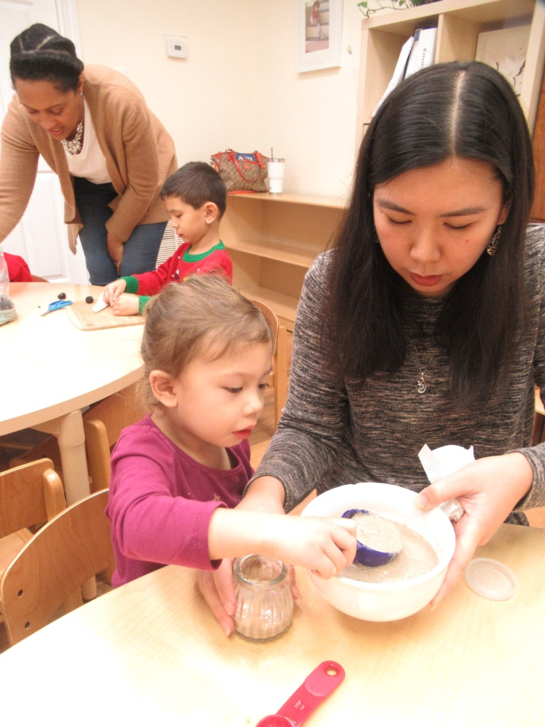


Research has shown time and time again that parent involvement is critical to children’s success. We all want to take an active role in our child’s education, but sometimes it can be a challenge to discern just where our efforts are best spent. Below we touch on six critical areas that all parents can focus on to make a big difference.
1. Make connectionsConsider the whole school community and make connections with others whenever possible. This usually starts early, with your child’s teacher. Let them know who you are, reach out whenever you have questions or concerns, and ask them how you might best support their work in the classroom.
Connections can also be made with school administrators. You likely met these folks during the admissions process, but it’s always nice to say hello and touch base when you can offer support or have positive feedback.
Feeling social? Introduce yourself to other parents in the school community. Any time we connect with others we strengthen the community as a whole, which is a great thing for everything involved.

2. Volunteer
Schools always need help. Whether it be to organize a fundraiser, read to a class, offer your talents or services, or maybe even fill in as a substitute teacher, we would love to have you join us. We completely understand that most parents have busy schedules, and that not everyone is comfortable with every type of volunteering, but we encourage all families to contribute in whatever ways they can.
Looking for more ways to volunteer your time and efforts? We encourage you to join our parent teacher organization. This group is critical to the ongoing success and support of our students, classrooms, and the school as a whole.
3. Keep learningAs educators, we consider ourselves to be lifelong learners. We work hard to cultivate a joy of learning in the children we teach, so that they may carry that passion for knowledge with them throughout their lifetimes. We hope that the families we serve feel the same way.
Montessori education is unlike any other method of learning and teaching. In order to fully support your child’s growth and learning, it really helps if you as a parent prioritize learning what you can about Montessori. By understanding more about child development, our methods, and why Montessori does things differently, you will have a deeper understanding of what goes on during your child’s school day, and you will find more nuanced ways to support them at home.
“Keep learning” isn’t just about Montessori, either. We believe all humans should stay curious. If your child sees you nurturing your own passions and seeking out new information regularly, you are setting an example that will stick with them for a lifetime. So take time out to learn more about whatever interests you, and share your enthusiasm with the whole family when it strikes.
4. Support learning at homeLearning doesn’t just take place within the confines of a classroom; it happens everywhere. Children spend a huge portion of their time at home, and while the home is a multi-purpose environment, it can also support children’s learning. We don’t mean you should go out and purchase Montessori materials (in fact, we don’t advocate doing so without specialized training). There are plenty of simple and small ways to support learning. Our bet is you’re likely already doing many of these! A few ideas:
It won’t come as a surprise when we say that parents are their children’s strongest advocates. Whether your child is struggling in academic or social skills, when they’re young they count on you to convey this information to other adults. Open communication is key, and it helps to recognize that children often have very different experiences at home and school. If you have concerns about your child, address them with their teacher early, and stay connected to discuss progress.
It is very important for us to note that you will not be able to advocate for your child forever. One of the hallmarks of Montessori education is to nurture children’s independence, and we count on parents to help us in this endeavor. We want to teach our children to advocate for themselves, so as soon as they are able, we should encourage them and teach them how to speak up for themselves.
Do they wish they had more challenging math work? Talk them through how they might ask their teacher. Are they struggling with another child on the playground? Go over various options and scenarios with them so they know how they might try and solve the problem in the future.
Our children need us to stand up for them, but ultimately, they need us to teach them to stand up for themselves.
6. Attend eventsBeing an involved member of the community is one of the simplest and most effective ways to support your child and their school. We want to again acknowledge that families are busy and not everyone can attend every event, but we hope you will join us whenever possible.
Some events are education, while others are meant to be just fun. Either way, they are a great way to build and strengthen connections.
We want to thank you for being a valued member of our community. Having different voices and perspectives is part of what makes our school strong, and we are grateful to all of you for everything you do to support us and your children!
Warm regards,
Candice Lin, Director
info@jordanmontessori.com


We invite you to visit our school, meet the teachers, and observe the children in their classrooms. We encourage you to ask questions and learn about the opportunities available at all levels of our programs.
LakeCreek Montessori International School
10127 Lake Creek Parkway, Austin, Texas, 78729
Powered by Nido Marketing